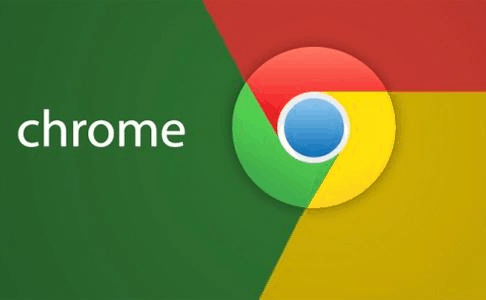

People should be able to walk up to any smart device - a vending machine, a poster, a toy, a bus stop, a rental car - and not have to download an app first. The Physical Web is an approach to unleash the core superpower of the web: interaction on demand. With Eddystone and Physical Web, Google is hoping that the transition from OS to discovered beacon and beacon functionality (for the smart device) can be smoother thanks to the web.

iBeacons can achieve great utility if an associated/compatible app is already installed on a user’s device and sends a notification, but iOS doesn’t have a simple, consistent way to browse nearby beacons and start interacting with them right away. This is Google’s attempt at improving upon one of the biggest shortcomings of Apple’s iBeacon: app discoverability. You can learn more about the types of user experiences that the Physical Web enables by visiting our cookbook and joining the open source community on GitHub. When users who have enabled the Physical Web open the Today view, the Chrome widget scans for broadcasted URLs and displays these results, using estimated proximity of the beacons to rank the content. Now, Chrome’s Today widget on iOS ( previously used to open tabs and voice searches) can scan beacons broadcasting URLs nearby and offer to open them in Chrome directly.
#ITUNES DOWNLOAD GOOGLE CHROME UPDATE#
Not to mention Google Now, which I’ve grown to like to track shipments, get weather reports, and receive time to leave notifications.Īn important note for VoiceOver users: today’s update seems to break support for this key accessibility feature in the app.Ĭhrome for iOS has been updated today with support for Physical Web, an initiative aimed at interacting with beacons based on the new Eddystone protocol through webpages instead of apps. I don’t use Chrome (I like the unique perks of Safari, like Safari View Controller and the ability to access webpage selections with action extensions), but I prefer the Google app for traditional Google searches – it has a native interface for the search box with handy suggestions and links to past queries. I’m curious to know if Google’s dedicated search app has been or will be upgraded to WKWebView as well. Developers have long been positive about the benefits of WKWebView (see my story on iOS web views from last year) and it’s good to see Google moving to a faster, more stable engine.

Google estimates that Chrome 48 will crash 70 percent less than older versions.Īpparently, Google worked with Apple to fix some of the bugs that prevented them from using WKWebView in Chrome before iOS 9. Now when a page crashes, you’ll see the standard “Aw, Snap” Chrome error page. With WKWebView, Google can move the process for individual pages outside of the app, better approximating the process isolation that Chrome uses on other platforms. The UIWebView process in older versions needed to run within the Chrome process, so if a complex or badly behaving page made UIWebView crash, it would bring the whole Chrome browser down. Here’s Andrew Cunningham, writing for Ars Technica:Ĭhrome’s stability on iOS should also see a big improvement. Overall, although there’s nothing particularly interesting or innovative about the way Read Later works, it’s still a nice feature addition for Chrome users.īig news from Google’s Chrome for iOS team today: the app has moved from the legacy UIWebView API to WKWebView, promising notable speed improvements and 70% less crashing. All of the necessary content, including images, is still preserved, but the viewing experience is not as pleasant as that of other read-later services.
#ITUNES DOWNLOAD GOOGLE CHROME FULL#
In testing the offline functionality, I discovered that Chrome will not save a webpage’s full formatting for offline viewing instead, it stores a stripped down version of the page. Articles on your Reading List are saved on your device so you can read them wherever you are, even when you aren’t connected to the web.Īlthough the release notes mention tapping the Share icon to save articles, I’ve found the quicker way to be long-pressing a link, which presents a menu that contains the ‘Read Later’ option. If you find an interesting article that you want to read later, tap the Share icon and then Read Later to add the page to your Reading List. In its latest update, Google Chrome for iOS has added a native Read Later feature to quickly save articles for later consumption.


 0 kommentar(er)
0 kommentar(er)
